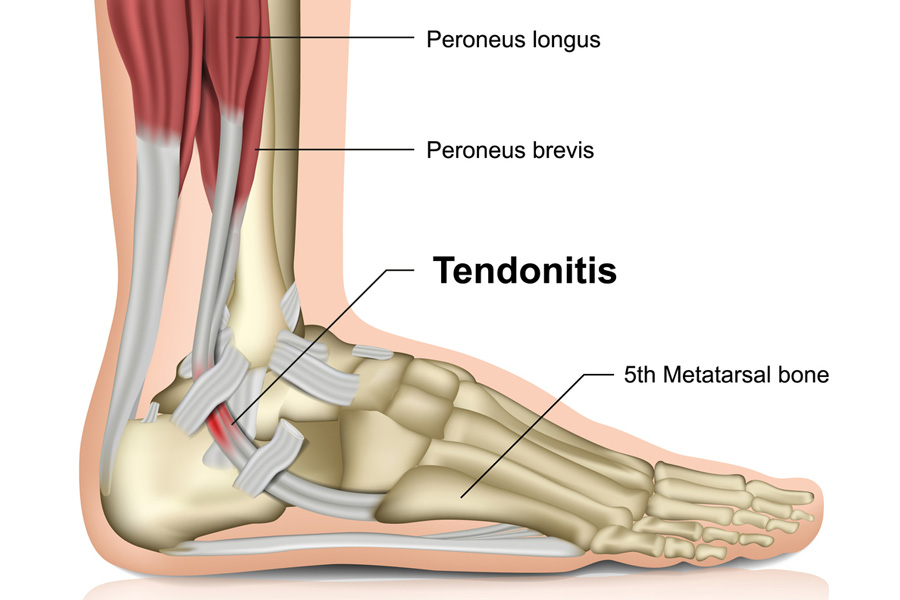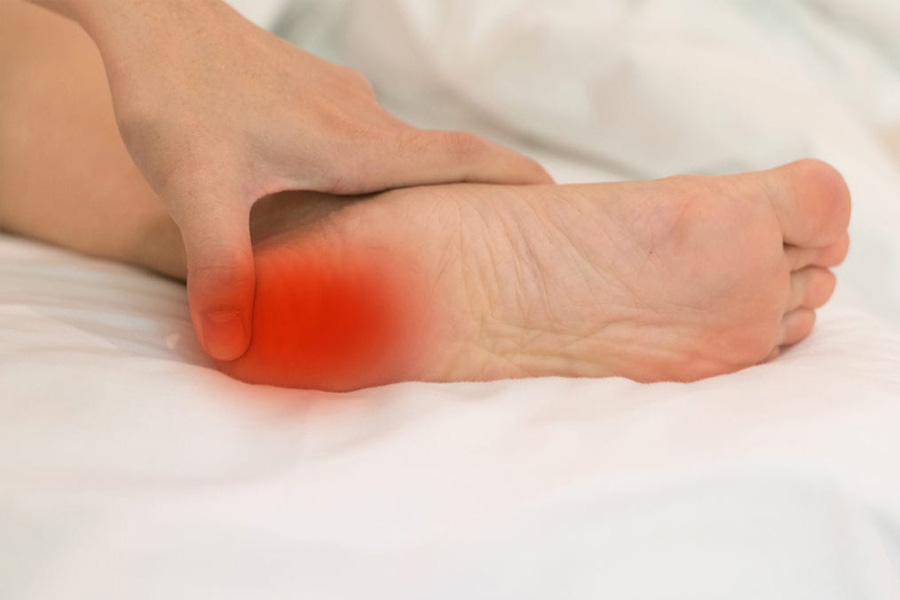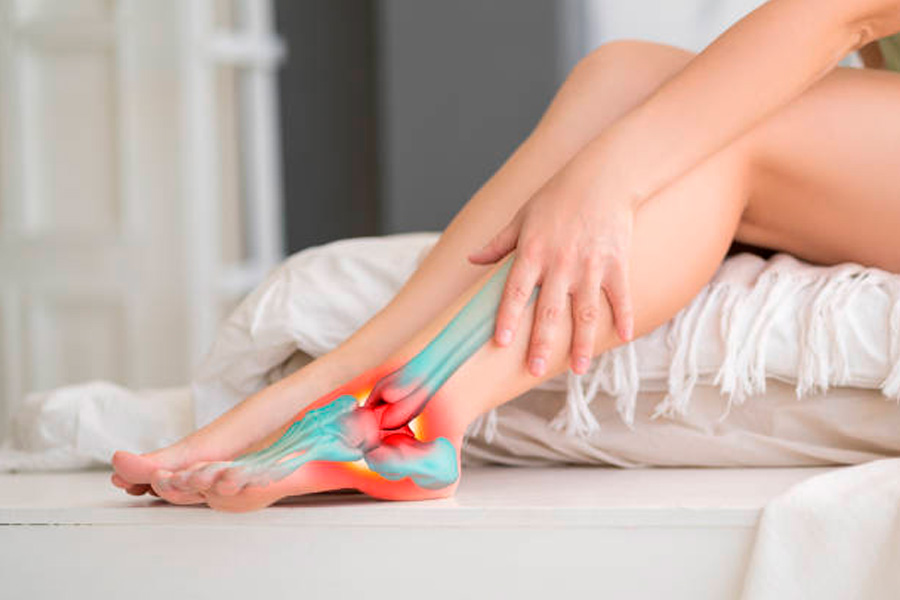
Peroneal tendonitis is a condition that causes pain and inflammation in the peroneal tendons. These are the two tendons that attach the muscles of the lower leg to the bones of the foot. Peroneal tendonitis can be caused by overuse, injury, or repetitive stress on these tendons.
This painful foot injury can be prevented. An effective prevention strategy involves controlling the factors that can raise your risk of developing this condition. Here, we will discuss how to reduce your risk of peroneal tendonitis.
Preventing Peroneal Tendonitis
One of the most common causes of peroneal tendonitis is overuse. This can occur from participating in activities that put repetitive stress on the tendon, such as running or jumping. Other risk factors include having high foot arches, tight calf muscles, and wearing shoes that don’t provide enough support.
Preventive strategies should include the following:
- Avoid high-impact activities: If you are prone to peroneal tendonitis, avoid activities that put a lot of stress on your peroneal tendons, such as running or playing tennis. You can also try resting between activities or cross-training.
- Wear supportive shoes: Wearing shoes with good arch support can help prevent peroneal tendonitis by reducing the amount of stress on the tendons. This is important especially if you have high arches or flat feet. Custom orthotics, which you can get fitted for at a podiatrist’s clinic, can be used for prevention and treatment, helping to relieve pain from peroneal tendonitis. Orthotics can help support the foot and ankle, reducing stress on the peroneal tendons.
- Do calf and heel stretches: Stretching these muscles can help reduce the risk of peroneal tendonitis by decreasing the tension on the tendons. The towel stretch, standing calf stretch, and plantar fascia stretch are very helpful in reducing the risk of peroneal tendonitis.
- Strengthen your calf muscles: Stronger calf muscles help peroneal tendonitis prevention by providing better support for the ankle and foot, and this can help to take some of the stress off of the peroneal tendon. Try doing calf or heel raises or other exercises to strengthen these muscles.
- Use an ankle brace: An ankle brace helps prevent peroneal tendonitis by immobilizing the foot and ankle, which takes stress off of the peroneal tendons. The brace should be worn when participating in activities that put a strain on the tendons, such as running or jumping. An ankle brace also allows the peroneal tendons to rest and heal.
Peroneal Tendonitis Treatment in Cincinnati, OH
Peroneal tendonitis can become a chronic problem if not treated properly. The board-certified podiatrists at Cincinnati Foot & Ankle Care are highly experienced in treating patients with peroneal tendonitis. This is a very common injury in endurance athletes and runners, and our doctors regularly treat professional and amateur athletes, as well as weekend warriors.
We are determined to provide you with immediate relief from your foot injury. Schedule an appointment with one of our foot and ankle doctors by calling our location nearest you or using our online appointment request form.




